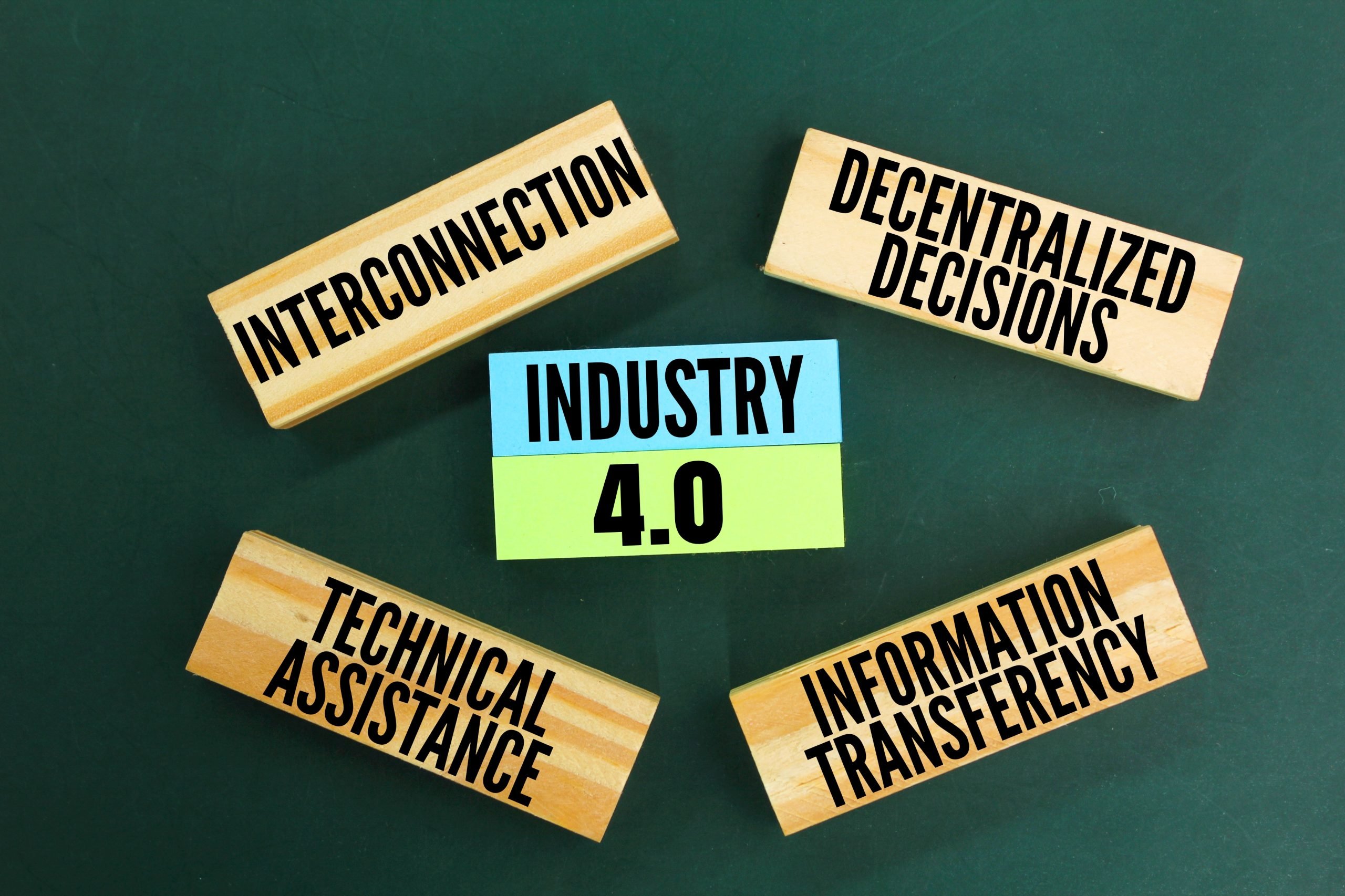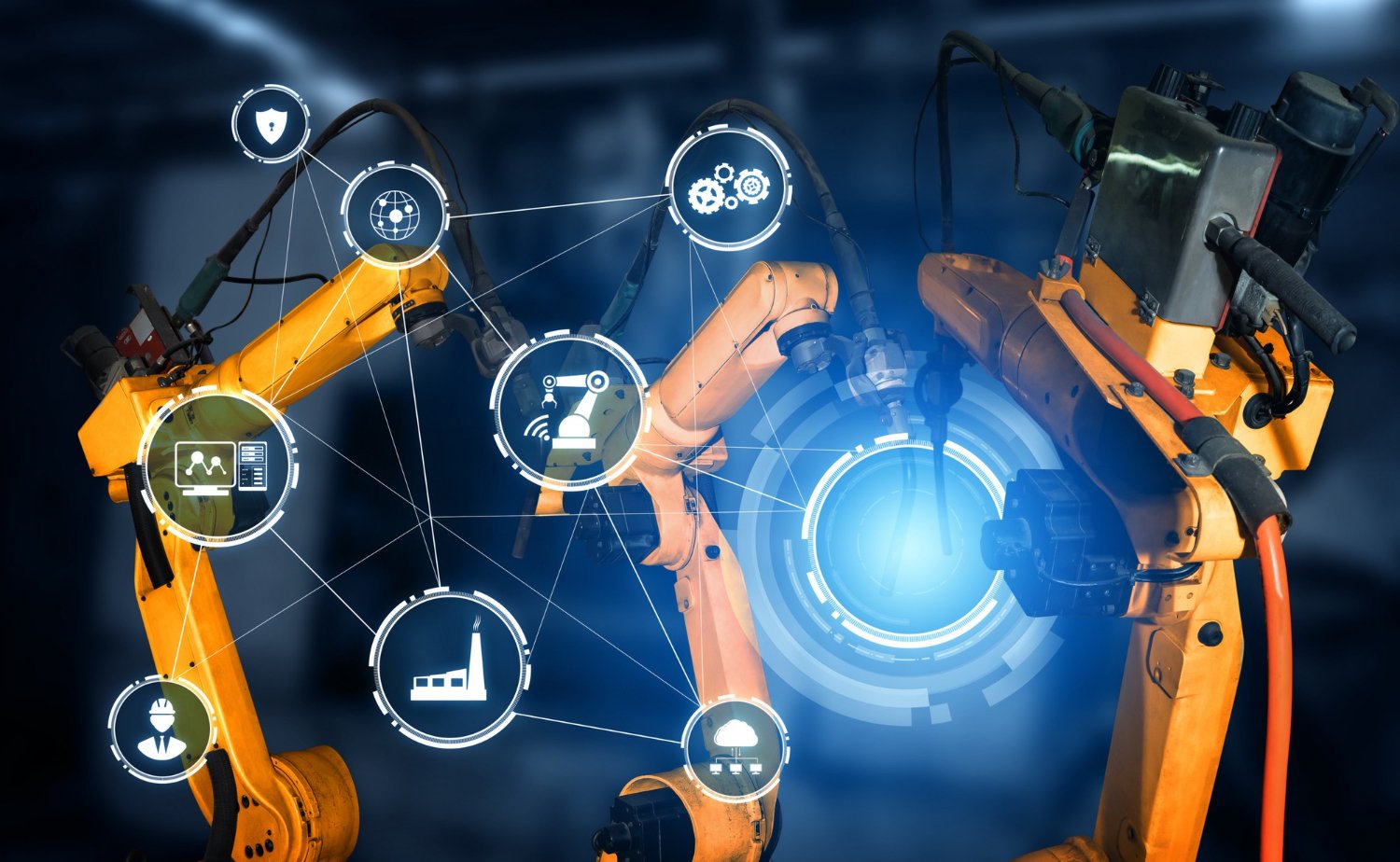Why Decentralised Automation?
What does the skipper do on a racing yacht? The traditional view of a seafaring captain or skipper is that of one person who makes every tactical and operational decision and who then issues commands to the crew to make it happen. On a racing yacht there simply is not time for all that rigmarole. Each member of the crew has specific functions they perform, and they have trained as a group to work in precise harmony to achieve their common goal using their individual areas of expertise. In these terms, traditional centralised automation is the skipper standing on the quarterdeck (control room) while decentralised automation is the racing yacht where all the crew members (machine modules) perform their functions quickly and efficiently in perfect synchronisation. So, how does decentralised automation work in heavy steel fabrication companies? Let us find out further in this blog.
Rationale for Decentralised Automation

Traditionally, automation systems had rigid hierarchies that were based around centralised control, as per the well-known automation pyramid diagram. The sensors and actuators were always connected to the PLC (Programmable Logic Controller). The PLC was always connected to some other system and so it went. Unfortunately, this well entrenched automation model can be limiting. It requires lengthy decision-making paths, and it also ties all the automation together to a single, central point. This means that a single fault or maintenance activity can bring an entire plant to a halt. As technology has advanced, the previously rigid levels have had to become more flexible. We now have sensors that detect machine wear, RFID (radio frequency identification) tags that tell the machine it is correctly configured for heat induction bending services and what it must do, and I/O modules that can decide independently to operate an actuator. It is no longer possible to place the present and future of automation within the constraints of a traditional automation system because it is simply not able to deal efficiently with all the extra capabilities that are now achievable.
Benefits of Decentralised Automation

Decentralised automation lays the foundation for a new era of automation. It enables maximum flexibility, and it creates numerous benefits such as:
Fast and easy commissioning – Each different machine, or each individual module is capable of fully independent operation. They can be pretested before installation and issues with one section will not delay the progress of other sections. Wiring is easy thanks to IP67 components and standard industrial quick connectors. Control cabinets can be scaled down or eliminated altogether so that significantly less wiring is required.
Lower machine costs – There is a significant reduction in the necessary central control capacities. By reusing existing modules design costs are also reduced and the reduced wiring and mechanical requirements mean lower personnel costs (such as automation of tube bending).
Higher machine availability – There is a significant reduction in the risk of failure because decentralised automation has a much lower dependency on a central control system. A good example of this is factory automation driven by electromechanical cylinders. On-site machine condition monitoring allows early intervention when issues are detected before failure occurs. Module replacements in the event of a failure are fast, simple and require minimal configuration.
Short time-to-market – Decentralised automation allows users to respond dynamically to changing requirements. They can fine tune their equipment and process, even during production. Decentralised logic enables the testing of machinery and machine modules offline before delivery. By reusing existing modules, the design phase is shortened.
Closing Thoughts

Decentralisation may not be perfect for every situation, but in most cases, it reduces wiring and hardware and cuts design time. It also reduces manufacturing and installation time, improves efficiency, and minimises downtime. As demonstrated with the racing yacht, having a single central control is often less efficient than having a well-trained and coordinated team of experts on the job. Centralised automation? It looks a lot like that outdated ship has sailed!

